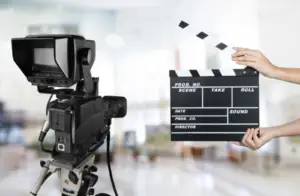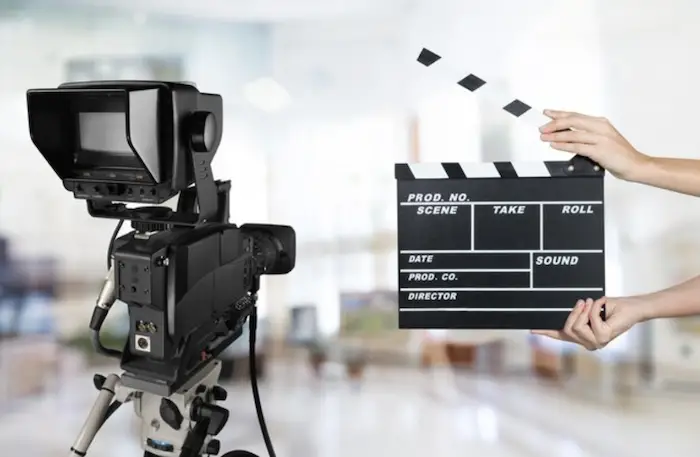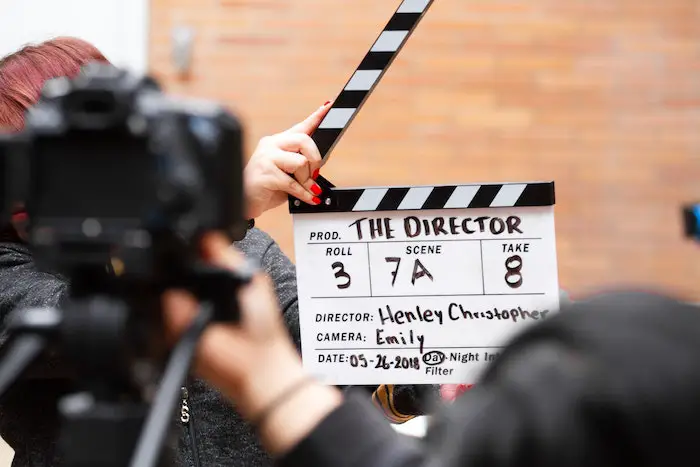
Cinematography is often described as the visual language of filmmaking. It is a powerful tool that goes beyond simply recording moving images. Through deliberate choices in lighting, camera angles, framing, and movement, cinematographers craft the mood, tone, and emotional impact of a film. Every visual element contributes to storytelling, guiding the audience’s focus and evoking specific emotions.
Understanding cinematography is crucial for filmmakers, as it bridges the gap between a script and its visual representation.
The science behind it involves principles of psychology, optics, and art, all working together to shape a compelling narrative.
Composition: Structuring the Visual Narrative
Composition in cinematography refers to how elements are arranged within the frame. This aspect is fundamental in guiding the viewer’s eye and conveying meaning through visuals. Different compositional techniques help in emphasizing characters, setting moods, and building dramatic tension.
The Rule of Thirds and Balance
One of the most common principles in visual composition is the rule of thirds. The frame is divided into nine equal parts using two horizontal and two vertical lines. Placing important elements along these lines or at their intersections creates a balanced and visually appealing image. Filmmakers Slot online uses this technique to direct attention to key subjects while maintaining a natural look.
Symmetry and asymmetry also play significant roles in composition. A symmetrical composition can create a sense of harmony, while asymmetry often generates visual tension and unpredictability. Directors like Wes Anderson are known for their use of symmetrical framing to establish a unique aesthetic style.
Leading Lines and Depth
Lines within a frame can guide the viewer’s gaze toward specific points of interest. Roads, hallways, or beams of light naturally draw the eye, leading the audience into the depth of the scene with winningthestorywars.com. The use of foreground, midground, and background also enhances spatial depth, making a two-dimensional screen feel more immersive.

Lighting: Creating Atmosphere and Emotion
Lighting is one of the most influential aspects of cinematography, as it shapes the visual tone of a film. Light and shadow work together to define mood, establish character, and highlight details that contribute to the story.
Three-Point Lighting
A standard technique in cinematography is the three-point lighting system, consisting of:
- Key Light – The main source of illumination, usually positioned to the side of the subject. It defines the overall brightness and direction of light.
- Fill Light – A softer light used to reduce shadows created by the key light, adding depth and visibility.
- Back Light – Placed behind the subject, this light creates separation from the background, adding a sense of dimension.
Filmmakers manipulate this lighting setup to create different moods. A high-key lighting approach, with bright and even illumination, is often used in comedies and romantic films. Low-key lighting, which emphasizes deep shadows and contrast, is more common in horror and noir films.
Natural Light vs. Artificial Light
Some filmmakers prefer natural light to achieve realism, while others rely on artificial lighting for full control over the scene. Directors like Terrence Malick and Emmanuel Lubezki frequently use natural light to bring authenticity to their films, whereas directors like Stanley Kubrick experimented with artificial lighting to create highly stylized images.
Camera Movement: Enhancing the Storytelling
The way a camera moves can change how a scene is perceived. Motion adds dynamism and energy, influencing the audience’s emotional response. Different types of camera slot gacor movements serve distinct narrative purposes.
Common Camera Movements
- Static Shots – A fixed camera position can create a sense of stillness or allow the audience to focus on performance and composition.
- Tracking Shots – Moving the camera alongside a character creates immersion and follows their journey through a space.
- Handheld Shots – Shaky and unsteady movement is often used to give a sense of realism and urgency, commonly seen in documentary-style films.
- Dolly Zoom – A technique where the camera moves forward while zooming out (or vice versa), creating a disorienting effect often used to convey psychological tension.
Directors like Alfred Hitchcock and Martin Scorsese have used camera movement innovatively to heighten suspense and create visually memorable moments.

Color and Visual Aesthetics
Color plays a crucial role in storytelling, influencing how scenes are emotionally perceived. Cinematographers use color grading and lighting techniques to create specific visual aesthetics that align with the film’s themes.
The Psychology of Color
Different colors evoke different emotions. Filmmakers use color theory to reinforce the mood and narrative tone:
- Red – Often associated with passion, danger, or intensity.
- Blue – Creates a sense of calm, sadness, or detachment.
- Yellow – Can symbolize warmth and happiness but also unease.
- Green – Frequently used to represent nature, envy, or the surreal.
The use of color palettes across an entire film helps maintain visual consistency. Movies like The Grand Budapest Hotel use pastel color schemes to create a whimsical tone, while The Matrix employs a green tint to reinforce its digital world.
Conclusion
Cinematography is not just about capturing images; it is an intricate science that blends art, psychology, and technology to tell compelling stories. Through composition, lighting, movement, and color, filmmakers guide audiences through emotional and narrative landscapes. Every choice made behind the camera contributes to the overall impact of a film, shaping how viewers interpret and connect with the story.
